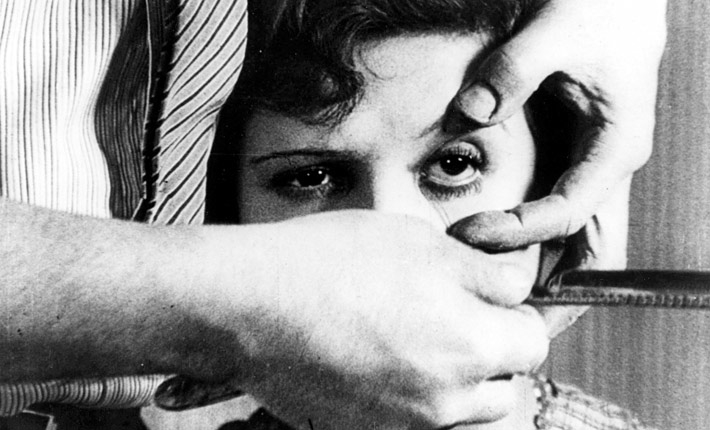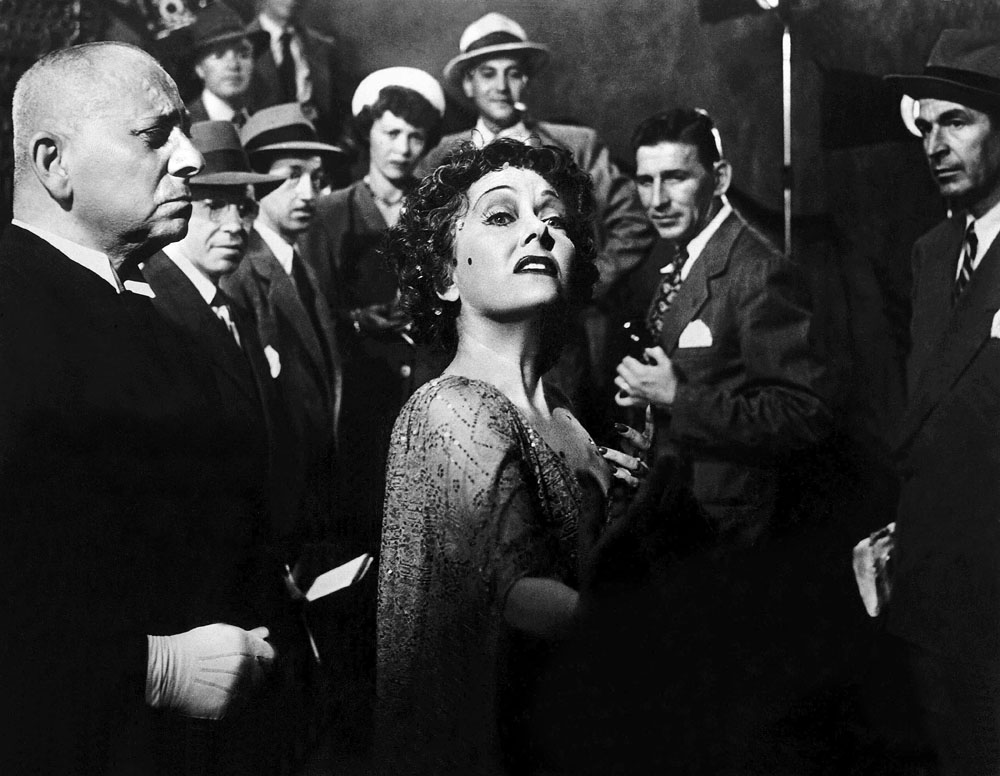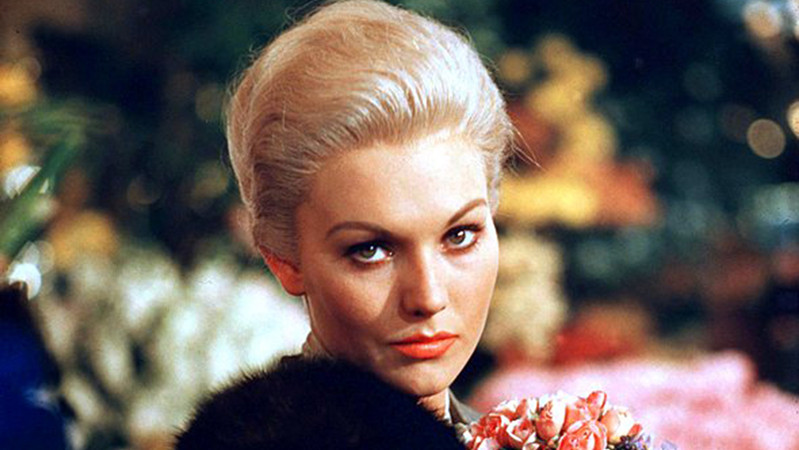
When a director’s vision is extremely singular, it can seem something of a spoiler when they start talking influence. Maybe, we fear, the vision will seem less singular if we see how it’s foreshadowed in older films. On the other hand, the work of the strongest directors should be able to stand up to the closest scrutiny. Yes, we can see how certain shots, situations and even whole scenes are comparable to those of older films. But, if the director is worth our time, he’ll have made these elements his own.
Like many other artists categorised (rightly or wrongly) as postmodern, David Lynch’s films contain very clear homage’s to popular genres and specific films, but these references aren’t mere in-jokes. They’re filtered through Lynch’s unique, transforming gaze so that they become something completely new.
Think of how Mulholland Dr. deploys elements of conventional melodrama and even soap operas, and yet still manages to be a very serious (funny too, of course) and moving film. This isn’t the kind of ‘postmodernism’ that we’re supposed to smile and wink at.
One of the consequent difficulties of outlining Lynch’s most important influences is that they are remarkably broad and omniverous. Lynch doesn’t filter out things that many directors would consider too low-brow. The following list focuses on his acknowledged cinematic influences. But it should always be remembered that Lynch is just as much influenced by visual art, music and pop culture as he is by the cinema.
1. The Seashell and The Clergyman (Germaine Dulac, 1928)
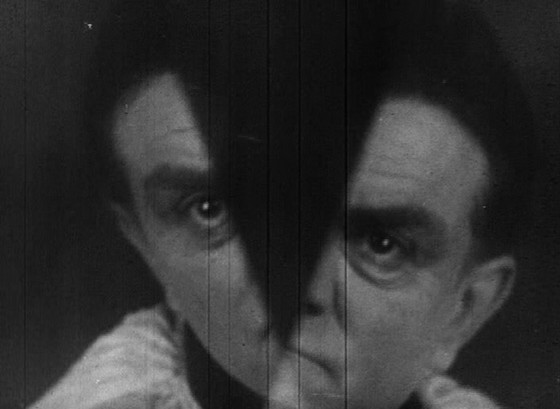
If there’s a descriptor that gets thrown at Lynch’s films more often than any other, it’s “surreal”. There’s a difference, however, between surreal and surrealist. Surrealism is a European art movement of the first half of the twentieth century, strongly associated with Salvador Dali, Andre Breton, Guillaume Appollinaire, among others. It ran parallel to an increasing cultural interest in the human unconscious, as defined by psychoanalysis.
It also had a political vein running through it. Many surrealists sought to undermine the hypocrisies of the bourgeoisie – or more broadly, western civilisation – by highlighting the darker facets of human psychology. Like many modern art movements, it registered a disillusionment with western pretentions to progress and rationality after the barbarism of the first world war.
Surrealist art and film as a whole had an enormous influence on Lynch. It might seem an unfair statement, but it really is impossible to imagine how Lynch’s films could exist without their surrealist precursors. The Seashell and The Clergyman is often called the first surrealist film. Whether that’s true or not, its influence has been profound, even if it will always be overshadowed by Un Chien Andalou.
Written by Antonin Artaud, a key but somewhat fractious figure in surrealist circles, and directed by Germaine Dulac, The Seashell offers little in terms of narrative, but a lot in terms of technical ingenuity and expressive depth. What there is of plot centres around a priest who is overcome by his desire for a woman (the titular seashell is an obviously vaginal metaphor). But this is no melodrama. Artaud and Dulac are more interested in using experimental editing techniques to create an abstract psychological landscape.
The film drew the attention of censors in Britain for its obvious sexual overtones and mild nudity. Most amusing of all was their perceptive concluding remark about the film: “It is so cryptic as to have no apparent meaning. If there is a meaning, it is doubtless objectionable”. As Greg Olson has remarked, this is a statement that can also be applied to many of Lynch’s films.
2. Un Chien Andalou (Luis Bunuel, SalvadorDali, 1929)
Un Chien Andalou (“An Andalusian Dog”) is by far the most well-known surrealist film, partly due to it being made by the surrealist dream-team of Salvador Dali and Luis Bunuel, but also because of specific imagery that never seems to have left our cinematic consciousness.
A moon being cut by a cloud, transitioning to an eyeball being sliced open (spoiler: they used a dead calf’s eye). Ants burrowing into a human hand. A severed hand surrounded by an ant-like swarm of pedestrians. The list goes on. Some would say that Dali and Bunuel’s eye for imagery that penetrates our consciousness is matched today only by Lynch (think of the severed ear in Blue Velvet, for example).
As with Dulac’s film, narrative coherence isn’t the focus here; scene follows scene like a stream of consciousness. The influence of the psychoanalytic theories of Freud is apparent, but this doesn’t date the film. If the dream-like sequence of events doesn’t make any kind of conventional sense, the film still grips and haunts viewers—indeed, like a dream.
3. 8 ½ (Federico Fellini, 1963)
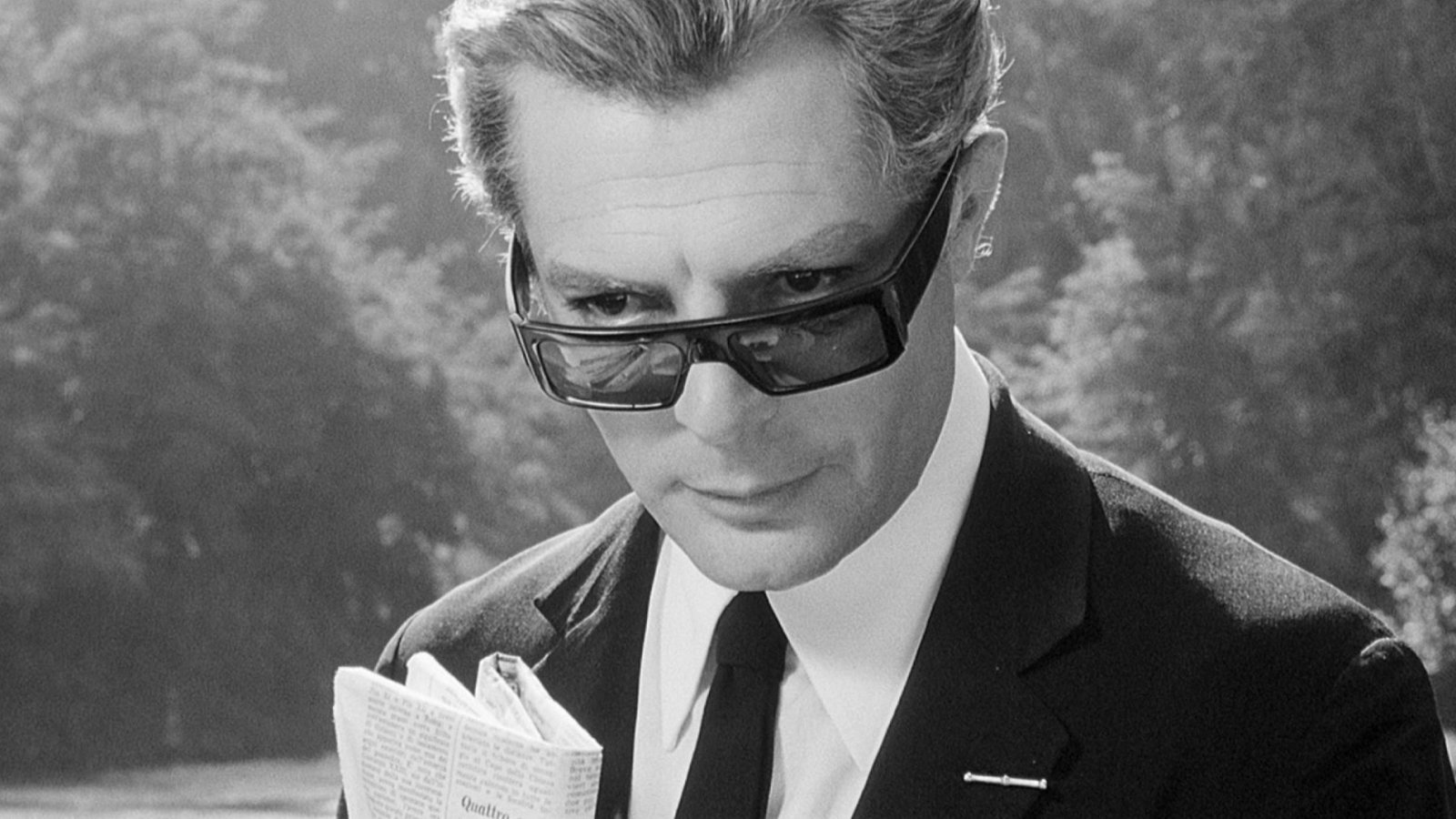
8 ½ is one of those films that appears a lot of directors’ lists of favorite films. Unsurprising, really, since it’s concerned with the making of a film. Marcello Mastroianni plays Guido Anselmi, a famous Italian director suffering from director’s block. The chaos and frustration of filming is depicted in typical Fellini fashion: at once messy and controlled, enough of the madness of reality without seeming haphazard. These scenes are contrasted with Guido’s dreams and memories.
Alberto Moravia has compared the film to James Joyce’s Ulysses, due to the film’s open structure which poetically merges dream, memory and reality. It’s certainly a film that shows how techniques of modernist literature can be translated to the screen. The stream-of-consciousness technique, perfected by Joyce, Virginia Woolf and William Faulkner among others, is utilized by Fellini in a successfully cinematic manner, something that many directors have failed (and still fail) to do.
Though it isn’t entirely obvious, Fellini is a director quite close to Lynch in inspiration. Both are and were extremely interested in the skewed logic of dreams. Fellini’s Book of Dreams is a diary of the director’s dreams, which he used for film ideas. It’san excellent insight into the creative process of a genius film-maker.
Lynch has said of Fellini: “Fellini manages to accomplish with film what mostly abstract painters do – namely, to communicate an emotion without ever saying or showing anything in a direct manner, without ever explaining anything, just by a sort of sheer magic.”
4. Sunset Boulevard (Billy Wilder, 1950)
In films like Mulholland Dr., Inland Empire Lynch depicts a somewhat Kafkaesque Hollywood: obscure forces, Hollywood fates, in a sense, pull the strings, while aspiring actors and directors fall apart trying trying to break into the circle of fame Naomi Watts in Mullholland Dr. and Laura Dern in Inland Empire often seem like pawns in some sick game, and while Lynch’s sympathy with these characters shouldn’t be questioned, the question of the director’s place in that game is an interesting one.
Billy Wilder’s Sunset Boulevard is an obvious influence on these later Lynch films. It was one of the first Hollywood films that was critical of aspects of Hollywood, and more specifically the star system.
The film starts with one of Hollywood’s most iconic images – a dead body floating in the swimming pool of a Beverley Hills mansion. It is an image that has come to stand in for all the unfulfilled dreams of creatives who try their luck in LA. The body is that of Joe Gillis, a screenwriter, who narrates the events that lead to his death.
Fleeing various troubles, Joe finds himself in the mansion of former star Norma Desmond. Norma has written an apparently dreadful vehicle for herself, based on Salome, and Joe pretends that he has the skills to turn it into a good script.
Like Lynch’s films, there is a potentially cruel strain of humor running through the film. Viewers can—if they want—laugh at Norma’s delusions. But, also like Lynch’s films, there is always an element of sympathy that makes the film consistently interesting. One of Lynch’s great talents is for creating scenes which make viewers uncomfortable because they don’t know whether they’re supposed to laugh or cry. Sunset Boulevard has the same edge of discomfort.
Funnily enough, Lynch’s description of Wilder’s film seems more illuminating for people interested in Lynch’s work that those interested in Wilder. “manages to accomplish pretty much the same abstract atmosphere, less by magic than through all sorts of stylistic and technical tricks. The Hollywood he describes in the film probably never existed, but he makes us believe it did, and he immerses us in it, like a dream.”
5. Persona (Ingmar Bergman, 1966)
Like many of Lynch’s best films, Bergman’s Persona is a film that requires several viewings to really appreciate all of its layers. Persona is thematically related to the films of Lynch that deal with identity crises – Mulholland Dr., Lost Highway, and Inland Empire especially. It begins with a montage of scenes from a diverse range of sources. The machinery of film-making whirrs and clicks as images of animal slaughter, pornography, and vintage horror fly past as if cinema’s subconscious has taken on a life of it’s own.
Like two of the aforementioned Lynch films, Persona focuses on an actor in crisis. Elisabet Vogler (played by Bergman’s muse Liv Ullman) is an actor who has (for no apparent reason) become mute. Alma, a young nurse, is assigned the task of taking Elisabet to a seaside cottage in the hope that the relaxing setting will help her recover her speech. Elisabet remains silent throughout most of the film, to Alma’s increasing frustration.
As the film progresses, it becomes clear that the seemingly stark contrasts between the two women may in fact be somewhat illusive—like the female leads in Mullholland Dr. or Laura Dern’s separate personalities in Inland Empire. Indeed, it;s easy to see how the female leads in this film are an inspiration for those of Mulholland Dr. Elisabeth is dark and disillusioned (like Laura Harring in Lynch’s film) while Alma is fair and generally positive (like Naomi Watts’s character).
